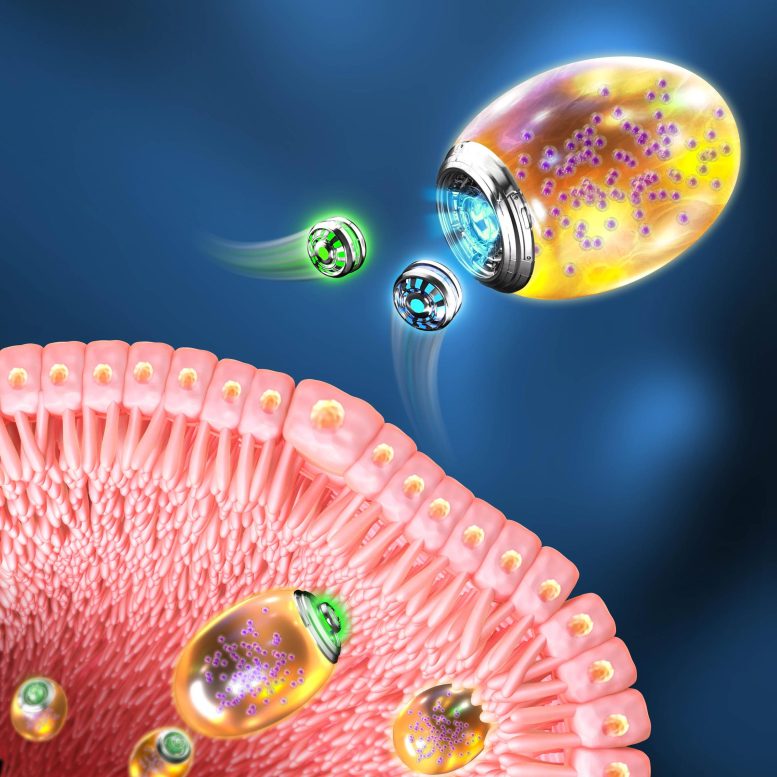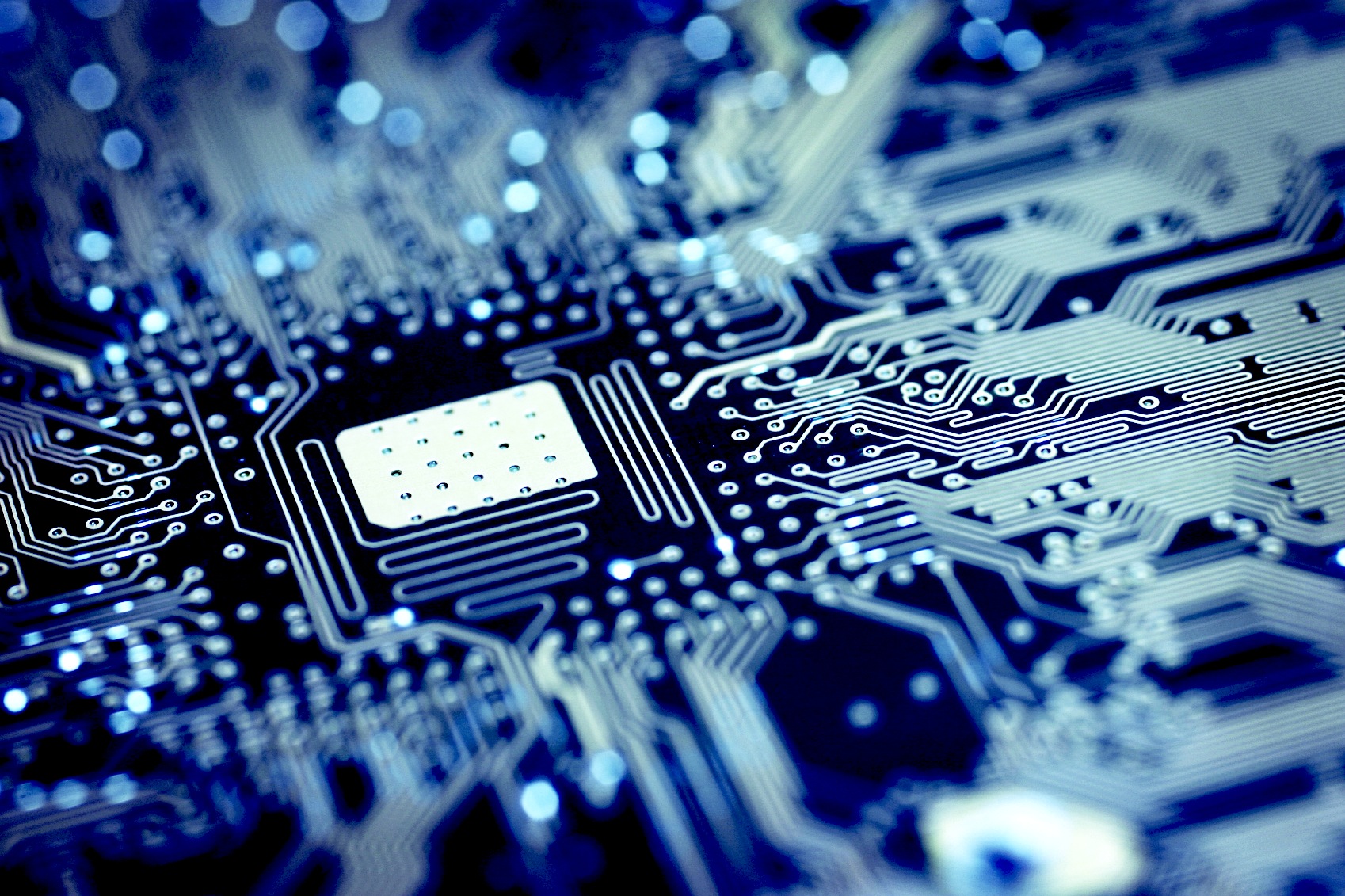
Yeast micro/nanorobots make the most of twin-engine to self-propel in gastrointestinal intraluminal and extraluminal environments. Credit score: SIAT
Micro/nanorobots with self-propelling and -navigating functions have attracted intensive consideration in drug supply and remedy owing to their controllable locomotion in hard-to-reach frame tissues.
On the other hand, creating self-adaptive micro/nanorobots that may regulate their using mechanisms throughout a couple of organic limitations to succeed in far-off lesions remains to be a problem.
Lately, a analysis staff led through Prof. Lintao Cai from the Shenzhen Institute of Complex Era (SIAT) of the Chinese language Academy of Sciences has advanced a twin-bioengine yeast micro/nanorobot (TBY-robot) with self-propelling and self-adaptive functions that may autonomously navigate to infected websites to supply gastrointestinal irritation remedy by way of enzyme-macrophage switching (EMS).
This learn about used to be revealed on February 22 within the magazine Science Advances.

EMS delivery of TBY-robots for long-distance transport across multiple biological barriers. Credit: SIAT
The researchers constructed the TBY-robot by asymmetrically immobilizing glucose oxidase and catalase onto the surface of anti-inflammatory nanoparticle-packaged yeast microcapsules. At a homogeneous glucose concentration, the Janus distribution of enzymes can catalyze the decomposition of glucose to generate a local glucose gradient that induces TBY-robot self-propelling motion.
In the presence of an enteral glucose gradient, the oral TBY-robots move toward the glucose gradient to penetrate the intestinal mucus barrier and then cross the intestinal epithelial barrier by microfold cell transcytosis. “We found that TBY-robots effectively penetrated the mucus barrier and notably enhanced their intestinal retention using a dual enzyme-driven engine moving toward the enteral glucose gradient,” said Prof. CAI.
After in situ switching to the macrophage bioengine in Peyer’s patches, the TBY-robots autonomously migrate to inflamed sites of the gastrointestinal tract through chemokine-guided macrophage relay delivery. “Encouragingly, TBY-robots increased drug accumulation at the diseased site by approximately 1000-fold, markedly attenuating inflammation and ameliorating disease pathology in mouse models of colitis and gastric ulcers,” said Prof. CAI.
This twin-bioengine delivery strategy is a sequence-driven process using EMS, with Peyer’s patches as transfer stations. This process can precisely transport therapeutics across multiple biological barriers to distant, deep-seated disease sites.
“The transport route is similar to that of the Express Mail Service, which precisely delivers parcels to a distant destination using different transportation facilities,” said Prof. CAI. These self-adaptive TBY-robots represent a safe and promising strategy for the precision treatment of gastrointestinal inflammation and other inflammatory diseases.
Reference: “Twin-bioengine self-adaptive micro/nanorobots using enzyme actuation and macrophage relay for gastrointestinal inflammation therapy” by Baozhen Zhang, Hong Pan, Ze Chen, Ting Yin, Mingbin Zheng and Lintao Cai, 22 February 2023, Science Advances.
DOI: 10.1126/sciadv.adc8978
Supply By means of https://scitechdaily.com/revolutionary-twin-bioengine-nanorobots-for-gastrointestinal-inflammation-therapy/



